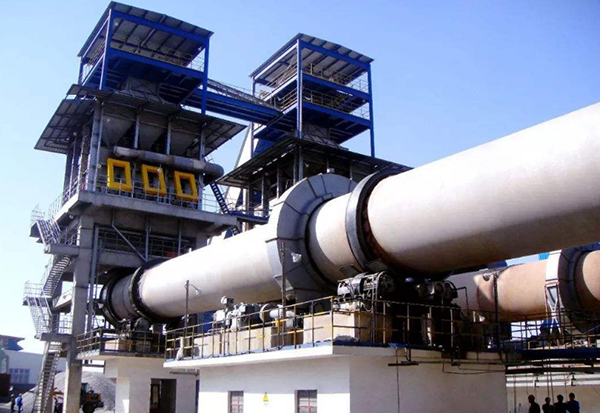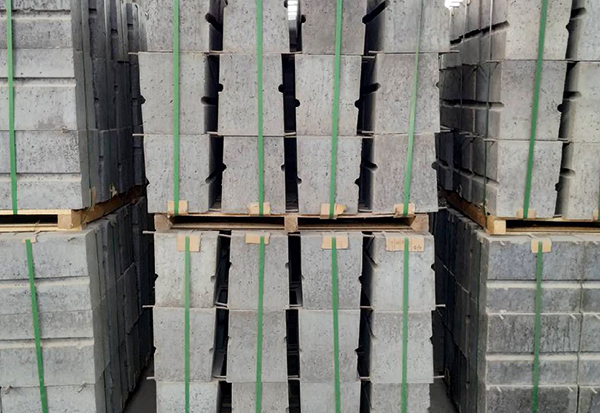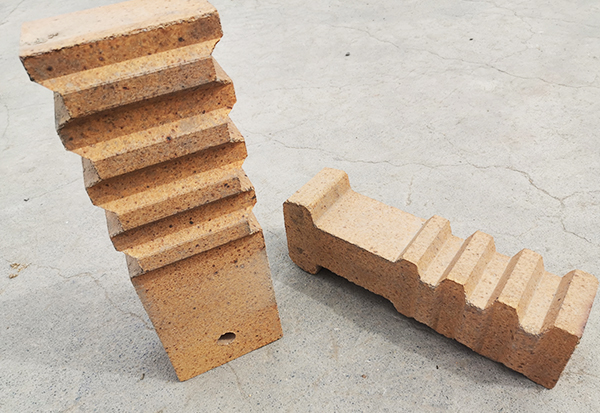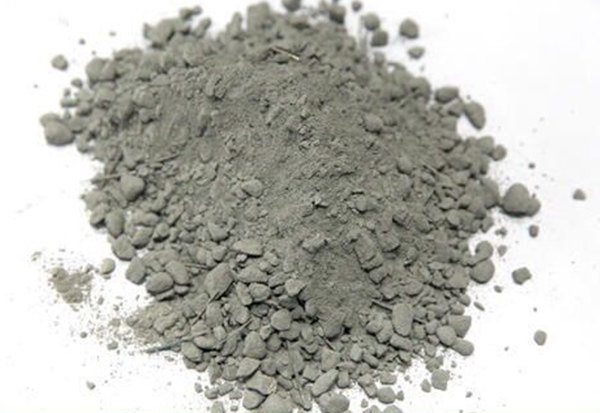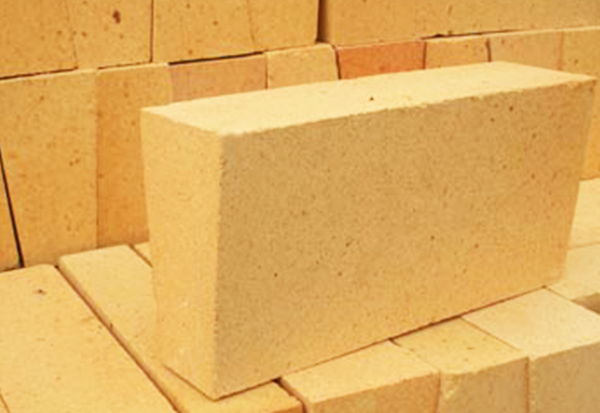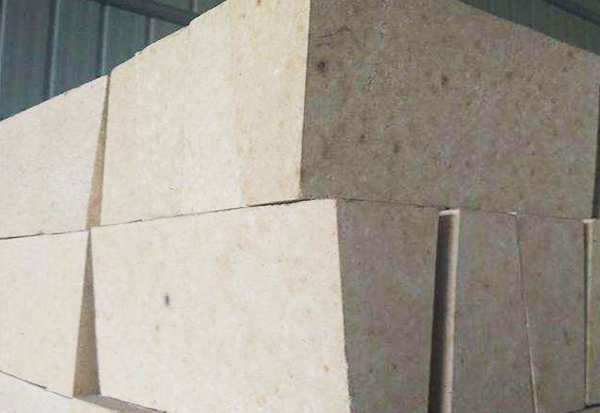Pellet production process is a kind of production process for refining pellet. Pellet and sintering are two common processes for refining iron ore in iron and steel smelting industry. Pelletizing is a kind of ball type iron bearing raw material with certain strength and metallurgical properties, which is made by adding a small amount of additive to fine grinding iron concentrate or other iron bearing powder and then rolling into ball through pelletizer under the condition of water wetting, then drying and roasting.
Pelletizing is another method to make fine grinding iron concentrate or other iron bearing powder. It is a mixture of concentrate powder, flux (sometimes also binder and fuel), rolled into a green ball with a diameter of 8 ~ 15mm (larger for steelmaking) in the pelletizer, then dried, roasted, consolidated and formed to become a good iron containing raw material with good metallurgical properties, which is used for iron and steel smelting. The main processes of pelletizing production include raw material preparation, batching, mixing, pelletizing, drying and roasting, cooling, finished products and ore return processing.
The raw materials of pelletizing production are mainly concentrate powder and some additives. If solid fuel is used for roasting, there are also pulverized coal or coke powder. These raw materials shall be prepared and treated after entering the plant, including:
3) Grind the concentrate powder (or rich ore powder) to - 200 mesh, which is more than 70%, and the upper limit is not more than 0.2mm;
5) If there is too much water in the concentrate, it should be dried.
6) If the sieved particles are too large, they need to be broken and ground again.
The raw materials after the above preparation and treatment shall be batched on the batching belt; the mixture after batching and the returned ore after grinding shall be loaded into the cylinder mixer and mixed with water. The mixed material is added to the disc pelletizer for pelletizing, and a proper amount of water is added during pelletizing. The raw pellets should be screened before roasting, and the screened powder should be returned to the pelletizing plate for pelletizing again. When the solid fuel is used for roasting, before the raw ball is added to the roaster, a layer of solid fuel is rolled on its surface. The raw ball thus made is added to the roasting equipment with a feeder for roasting. The roasted pellets shall be cooled. The cooled pellets shall be divided into finished ore (> 10 mm), base material (5-10 mm) and return ore (< 5 mm) through screening. The base material shall be directly added to the roaster, and the return ore shall be ground (to < 0.5 mm) before mixing and pelletizing.
At present, the main pelletizing methods are shaft furnace, belt type and grate rotary kiln. The shaft furnace roasting method was used earlier, but it developed slowly because of its inherent shortcomings. At present, belt roaster is widely used, and more than 60% of pellets are roasted by belt roaster. Grate rotary kiln method appeared later, but it has a series of advantages, so it develops rapidly, and is likely to become the main pellet roasting method in the future.
In the case of shaft furnace roasting pellet, there will be a part of conglutinated bulk in the cooled pellet after roasting, which needs to be crushed by the lower roller crusher and discharged out of the furnace, and then the finished pellet will be obtained through crushing and screening, and the product under screening will become the backing material and return to be baked again.
Special refractory preform for pellet rotary kiln
The fire-resistant preform is a combination of the shape diversity characteristics of the shaped products, which has better performance than the shaped refractories and more flexibility than the shaped products.
The main process of prefabrication includes mold making, molding, curing, baking and demoulding. Its outstanding features include the following aspects.
1. Not limited by the shape of the equipment, it can make a variety of block shaped prefabricated parts, inherit the amorphous refractory materials, and realize the special-shaped characteristics. It can make a variety of blocks according to the shape of the equipment, and also meet the use requirements of the special-shaped parts of various kilns.
2. The service life is longer, because the manufacturing process has been carried out in the production enterprise to overcome the disadvantages of the on-site construction time is urgent, the management is rough and so on. After full maintenance and strict baking, the performance of the refractory can be fully exerted.
3. It can be installed very quickly, saving time without on-site pouring, without supporting and dismantling the mold, without construction machines and tools, only on-site installation and combination. It is convenient and fast, which greatly reduces the construction time on site. At the time of delivery, the pouring, maintenance, drying and baking have been completed in advance by the supplier. It can effectively solve the problem of bursting of castable caused by quick ignition and temperature rise on site, which is more convenient for users.
4. It is not limited by the ambient temperature, but the construction of castable is limited by the ambient temperature. Too high temperature will lead to early setting of castable, and too low temperature will lead to slow setting or non setting of castable. Therefore, the castable construction should choose the season, the northern winter and the southern high weather are not suitable for the castable construction, forced construction results in the decline of refractory performance. The prefabricated parts have no requirements for the environment and are not limited by the ambient temperature. They can be constructed in any season environment and have a wider range of use.
5. Easy to replace, disassemble and store. It is very convenient to replace in the actual production. If the prefabricated block is damaged, the damaged unit can be replaced directly, which can be completed in a very short time.
At present, the feedback of fire-resistant prefabricated parts in the field shows that the wear resistance is higher than that of castable products of the same grade, and the service life is longer.
Special anchor brick for pellet rotary kiln
Anchor brick, also known as hanging brick, is made of high-quality raw materials by mechanical pressing or pouring and sintering at high temperature.
Anchor brick plays an important role in building the straight wall, which can improve the integrity of the straight wall.
The alumina content of anchor brick is more than 55%, the alumina content of high-quality anchor brick can reach 75%, the load softening temperature of this kind of brick can reach 1550 ℃, which is a good refractory brick product. But in general, the alumina content of 55% is selected, because the flexibility of the anchor brick with 55% is better.
In addition, it should be noted that the anchor brick is used to anchor the refractory castable, and the properties of the anchor brick should be consistent with the castable material, expansion and contraction, so as to form a close combination with the castable and extend the life of the furnace lining.
1. The arrangement of anchor bricks shall be determined according to the change range and frequency of temperature and the size of the area of the straight wall, generally not less than 6 pieces / m2.
2. Before masonry, the anchor brick must be checked carefully. If there is any crack affecting the overall strength of the anchor brick at the anchor hole, the anchor brick cannot be used, and should be discarded resolutely.
3. When the masonry is close to the anchor brick position, it is necessary to row the bricks in advance to determine the exact position of the anchor brick. It is to thoroughly clean the welding part of the metal shell with a wire brush, use the welding rod suitable for the welding parts, and firmly weld the anchor pipe.
4. After the completion of the anchor brick masonry, insert the anchor hook, and fill the air attack with fire-resistant fiber felt and plug tightly to form a certain protection for the anchor.
The anchor brick consists of a column composed of a hanging end and an anchor solid, which is provided with an interval division groove on the surface of the anchor solid. At least one surface of the anchor solid is provided with a bar along the length direction. After the bar is provided, the tensile and flexural strength of the anchor solid is significantly improved due to the reinforcement and traction of the bar, and the stress generated at the groove is blocked at the bar and cannot be transmitted continuously, so The anchor brick of this kind of structure is not easy to break.
Special steel fiber reinforced castable for pellet rotary kiln
Steel fiber reinforced castable is made up of super alumina clinker as aggregate, fine alumina clinker and corundum fine powder as matrix, ultra-fine powder and other composite materials as binder and additive, plus stainless steel heat-resistant fiber. At the same time, due to the addition of steel fiber, the overall strength of furnace wall is greatly enhanced after the material is poured.
In fact, the use method is basically the same as that of concrete. After the selected formula and raw materials are evenly stirred and processed, they can be compacted with a vibrating rod, and then cured and heated. Because of the particularity of the use part of the unshaped castable, the construction quality of the castable needs to be guaranteed according to the different site conditions.
On the basis of using high alumina clinker as aggregate and powder for its important part, adding appropriate steel fiber casting reinforced castable has the characteristics of high strength, good toughness, good thermal shock stability, strong peeling resistance and wear resistance. It is used in the parts where the temperature step changes easily lead to the damage of furnace wall.
Application of steel fiber reinforced castable: mainly used for lining of rotary kiln
Low temperature section of kiln body: steel fiber reinforced corundum mullite castable 2.5. High temperature section of kiln body: anti caking ring castable 2.6.
Kiln head shell: steel fiber reinforced corundum mullite castable 2.7.
Special clay brick for pellet rotary kiln
Clay brick belongs to weak acid refractory products, which can resist the erosion of acid slag and acid gas, but the resistance to alkaline material is slightly poor.
Characteristics: clay brick has good thermal performance and can resist rapid cooling and heating.
Usage: clay firebrick is divided by usage, mainly including clay firebrick for blast furnace, clay firebrick for hot blast furnace and large clay firebrick for glass kiln.
High alumina brick for pellet rotary kiln
T38 is mainly used for lining of rotary kiln. In addition, high alumina brick is widely used as open hearth heat storage lattice brick, plug head for pouring system, nozzle brick, etc. But the price of high alumina brick is higher than that of clay brick, so it is unnecessary to use high alumina brick where clay brick can meet the requirements.
The production process of high alumina brick T38 is similar to that of multi clinker clay brick. The difference is that the proportion of clinker in the ingredients is high, which can be as high as 90-95%. Before crushing, the clinker needs to be sorted and screened to remove iron, and the firing temperature is high. For example, when I and II high alumina bricks are fired in tunnel kilns, it is generally 1500-1600 ℃.
The production practice in China has proved that the quality of high alumina clinker can be improved by strictly sorting and grading before crushing and by using the method of joint fine grinding of bauxite clinker and combined clay.
According to different resource conditions and product requirements, the following types of raw materials can be used: high alumina bauxite mainly composed of hydrous alumina minerals (alumina monohydrate, alumina trihydrate, etc.); sillimanite minerals (including kyanite, andalusite, sillimanite, etc.); artificial synthetic raw materials, such as industrial alumina, synthetic mullite, fused corundum, etc. China is rich in bauxite resources with good texture, and its producing areas are mainly in Shanxi, Henan, Hebei, Guizhou, Shandong and other places. The bauxite produced is mainly a mixture of two minerals, a-Al2O3 · H2O and kaolinite.

